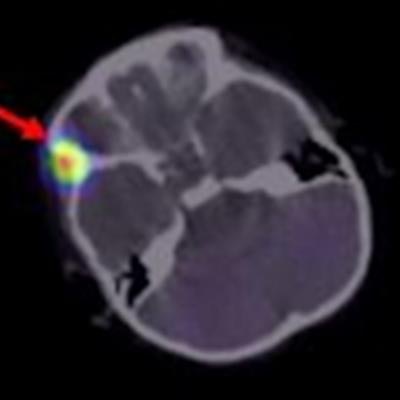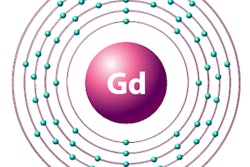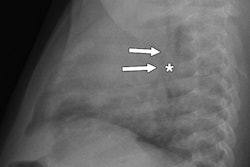
Japanese researchers have discovered a new radioisotope therapy for children with neuroblastoma.
A team from Kanazawa University found that high-dose 131-iodine-metaiodobenzylguanidine (131I-MIBG) treatment could improve prognoses in children with high-risk disease.
"Given that fewer than 50% of children survive five years following diagnosis, our goal was to investigate new treatment avenues for children with high-risk neuroblastoma," said corresponding author Dr. Seigo Kinuya in a June 19 statement released by the university.
Neuroblastoma typically forms in the adrenal glands or the nervous system, and it is the most common cancer in children outside the head, the researchers noted. Children with low- and intermediate-risk disease can be cured by surgery or chemotherapy, but those with high-risk disease undergo aggressive chemotherapy, stem cell transplants, or radiation and often have poor outcomes (Annals of Nuclear Medicine, March 26, 2020).
Kinuya and colleagues evaluated 19 patients with high-risk neuroblastoma who were treated with high-dose 131I-MIBG at Kanazawa University Hospital, analyzing patient outcomes over a five-year period.
 Scintigrams at 131I-MIBG therapy. Multiple 131I-MIBG accumulations are seen in bone metastases (red arrows). β rays emitted from 131I-MIBG attack tumor cells in the bone metastases. Image courtesy of Kanazawa University.
Scintigrams at 131I-MIBG therapy. Multiple 131I-MIBG accumulations are seen in bone metastases (red arrows). β rays emitted from 131I-MIBG attack tumor cells in the bone metastases. Image courtesy of Kanazawa University.The researchers found the following:
- The event-free survival rate (the time after treatment that the patient was free of complications) was 42% at one year and 16% at five years.
- The overall survival rate was 58% at one year and 42% at five years.
"These are striking results that show that high-dose 131I-MIBG therapy could provide favorable prognosis in certain high-risk neuroblastoma patients," Kinuya said. "Our findings could provide the foundation for a new treatment option for neuroblastoma."



















